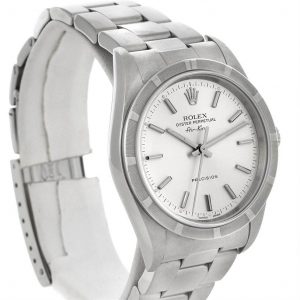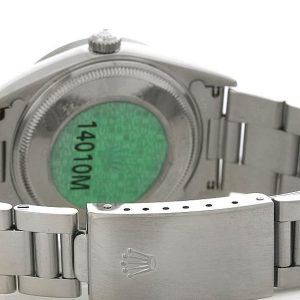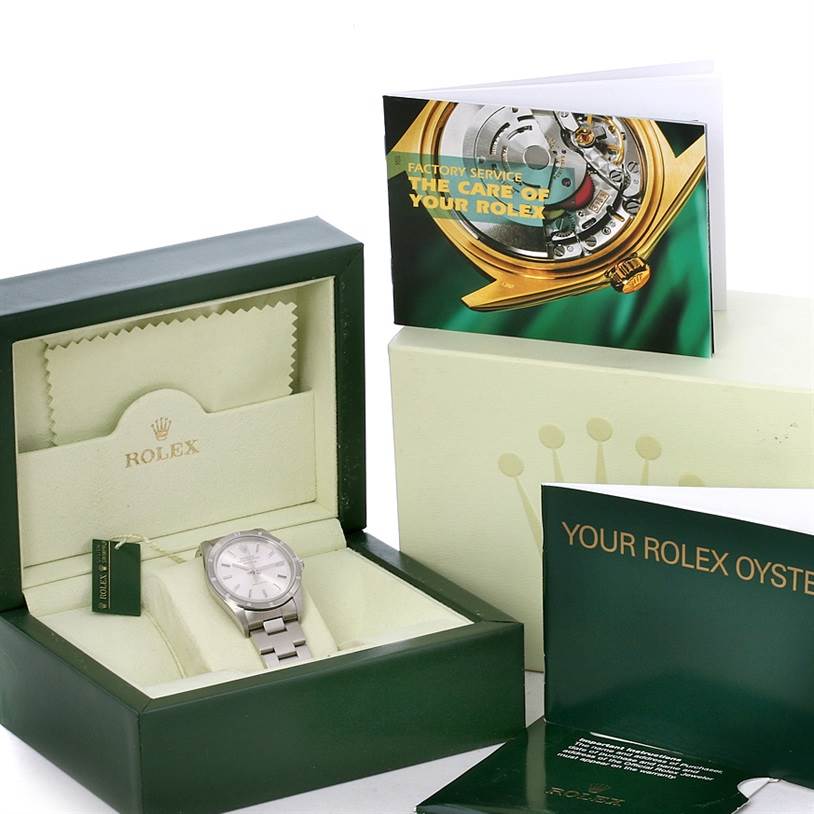The more I think about this observation, the more I think I may indeed be missing something – and, the more I wonder if, based on the precise definition of an escapement, you could argue that there is one for spring drives as well. 

More specifically, I’d like to know about the triple synchronized regulator, as Seiko calls it – which is a set of components that actually serves as the regulating system for any and all spring-driven replica watches. It seems to me that it would be fairly simple to exclude the spring-actuated mechanism from the discussion of modern escapements – after all, it is generally considered to be mechanical – but the more I think about it, the less black and white the issue becomes.
What makes an escapement an escapement?
In a mechanical imitation watch or clock, the escapement utilizes the unidirectional rotational motion of the gears. It uses it to drive the bi-directional back-and-forth motion of the oscillator. The oscillator is almost invariably a balance wheel or pendulum (with some special exceptions). An important part of most mechanical escapements is the escapement wheel, which has specially shaped teeth designed to interact with a number of components (levers in a lever table) that release one of the teeth of the escapement wheel whenever the oscillator swings. The tooth “escapes”, and the escapement wheel rotates. When it does so, it pushes the lever (in the leverage table), which in turn gives the balance wheel a push, like someone pushing a child on a swing. As you can see, the basic feature of the mechanical escapement is that it both supplies energy from the drive train to the balance wheel and, at the same time, controls the speed of rotation of the drive wheel all the way back to the mainspring barrel.
Spring drive. What it is not, it is.
Now, one of the few interesting things about the spring drive is that the power source is not a battery or a capacitor; it’s the mainspring. This is in contrast to almost every other replica Rolex watch that uses a quartz tuning fork oscillator where the battery provides the necessary energy to keep the quartz oscillator vibrating back and forth (usually at 32,768 Hz).
The crystal vibrates because quartz is a so-called piezoelectric material – that is, it changes shape when an electric current is applied. In a traditional quartz watch, it’s a replaceable battery – it can be kept charged by a solar cell, as in Citizen’s Eco-Drive watches, or Tough Solar G-Shocks (everyone’s favourite watch if you fall into a one-way wormhole and end up with nothing but your watch, Swiss Army knife, and your trusty Zippo, back in the dinosaur era). Another method of keeping the battery charged is used by Seiko Kinetic fake watches. Here, there’s a rotor, like you’d find in an automatic watch, except instead of winding the mainspring, it’s attached to a gear that turns a micro-generator; the current provided is used to keep the battery from running too low.
